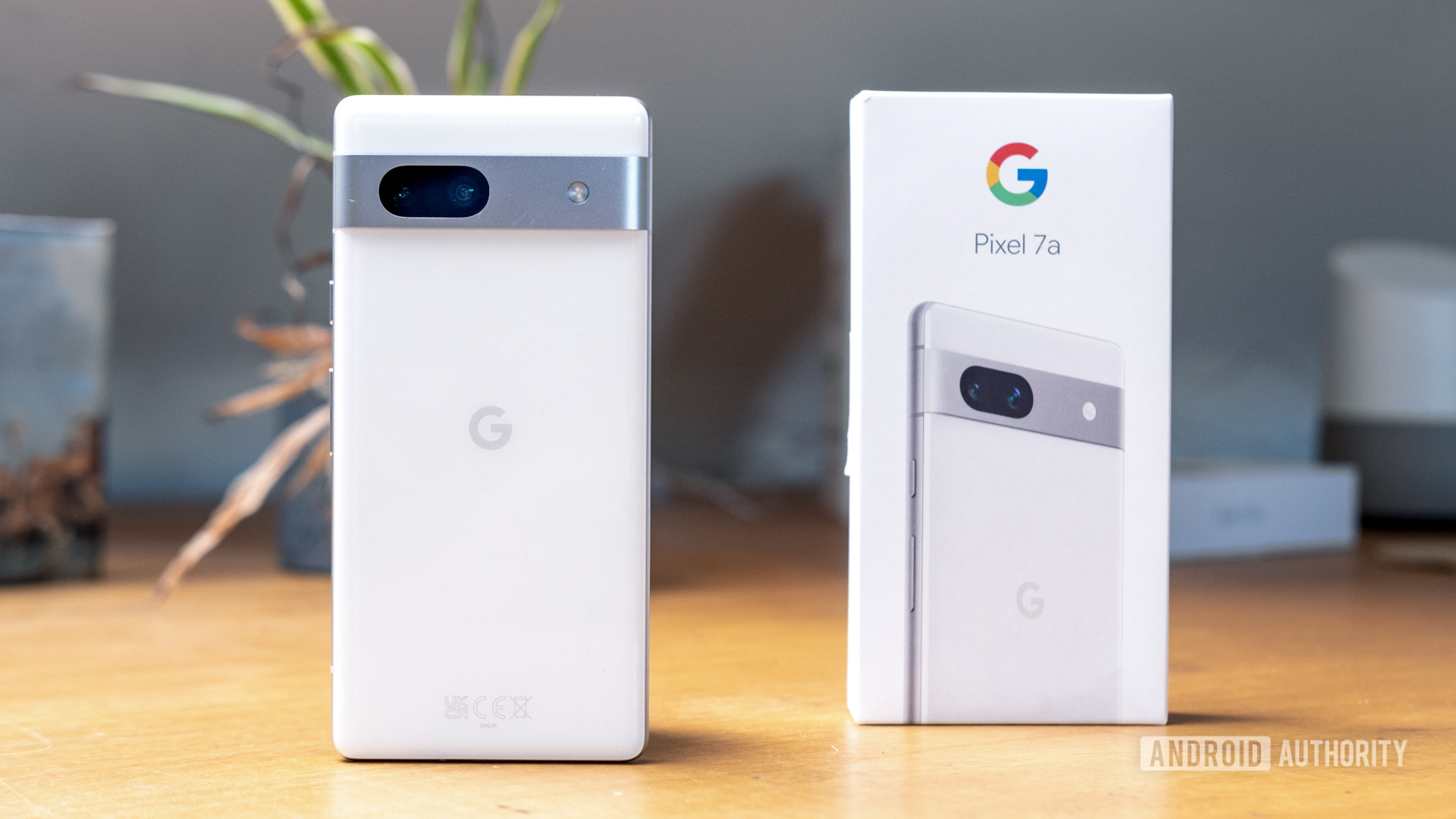The Google Pixel 7a has gained attention for its budget-friendly price and impressive set of features. But can it hold its own against the unpredictable forces of water damage? While Google officially advertises the Pixel 7a with an IP67 dust and water resistance rating, let’s decipher what that means for real-world use and how it stacks up against the competition.

Understanding IP Ratings: Decoding the Numbers
An Ingress Protection (IP) rating tells you how well a device stands up to dust and water. Here’s what the numbers in the Pixel 7a’s IP67 rating signify:
- First Number (6): Dust Resistance. The highest score of “6” means the Pixel 7a is completely dustproof – even the finest particles won’t get inside.
- Second Number (7): Water Resistance. A “7” indicates protection against immersion in freshwater up to 1 meter for 30 minutes.
What the IP67 Rating Does (and Doesn’t) Guarantee
Here’s what you CAN expect from the Pixel 7a’s IP67 rating:
- Rain Resistance: A downpour or accidental splash won’t harm your Pixel 7a.
- Shallow Submersion: It should survive a brief drop in a puddle, sink, or shallow pool.
- Everyday Spills: Spilling a drink on your phone shouldn’t cause any problems.
Here’s what the IP67 rating DOESN’T cover:
- Intentional Submersion: Don’t take your Pixel 7a snorkeling or use it for underwater photography.
- Pressurized Water: Jets from a pool or showerhead could force water past the seals.
- Other Liquids: Saltwater, soapy water, and chlorinated water are all damaging despite the IP67 rating.
- Wear and Tear: Over time, the seals protecting your Pixel 7a from water can degrade, making it more vulnerable.
Pixel 7a vs. The Competition: How Does It Stack Up?
The IP67 rating is quite common across mid-range smartphones. Here’s how the Pixel 7a’s water resistance compares to some rivals:
- iPhone SE (2022): Offers the same IP67 dust and water resistance rating as the Pixel 7a.
- Samsung Galaxy A54 (expected): Likely to feature IP67 as well, making it equally resilient.
- Flagship Phones: High-end devices like the iPhone 14 and Samsung Galaxy S23 series often boast an IP68 rating, withstanding slightly deeper submersion for the same duration.
Should You Buy a Waterproof Case?
While the Pixel 7a provides decent water protection, consider a waterproof case if:
- Extreme Environments: You’re often around beaches, pools, or participate in watersports and your phone is likely to get submerged.
- Peace of Mind: A waterproof case offers additional protection for those extra clumsy moments.
- Limited Warranty: Accidental water damage is frequently not covered by standard warranties. A case provides an extra layer of defense against potential repair costs.
Tips to Protect Your Pixel 7a from Water Damage
- Act Fast: If your Pixel 7a does get wet, dry it immediately with a soft, absorbent cloth.
- Power Down: If the device has been submerged, turn it off and let it dry fully before powering it on again.
- Avoid Rice: The old-fashioned “rice trick” is not effective and can introduce dust particles into your phone.
- Inspect Ports: Ensure charging ports and headphone jacks are clear of debris or moisture before use.
Should Water Resistance Be a Dealbreaker?
The Google Pixel 7a’s IP67 rating makes it a compelling choice for those seeking affordable basic water protection. However, keep in mind:
- Not Indestructible: Don’t push the limits of your phone’s water resistance. Treat it with care, especially around liquids.
- Alternative Options: If truly waterproof performance is a priority, consider a ruggedized phone or a higher-end flagship with an IP68 rating.
The Verdict
The Google Pixel 7a offers reliable splash and accidental submersion resistance for everyday use. However, for extreme scenarios, swimming, or those prone to dropping their phone in water frequently, seeking out higher water resistance or investing in a waterproof case might be the safer bet.
لا تعليق